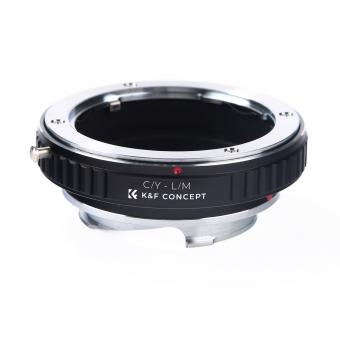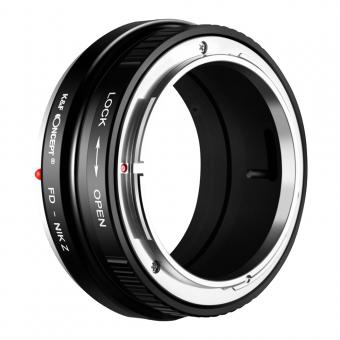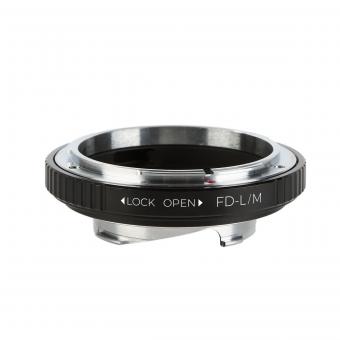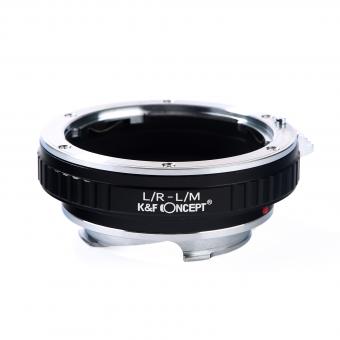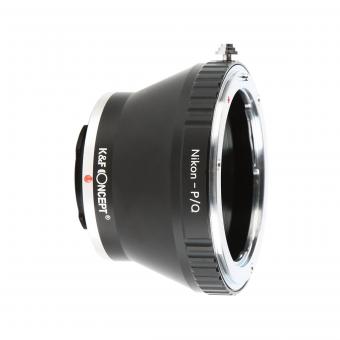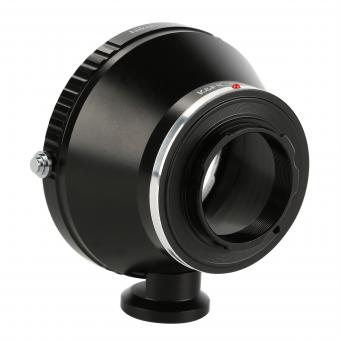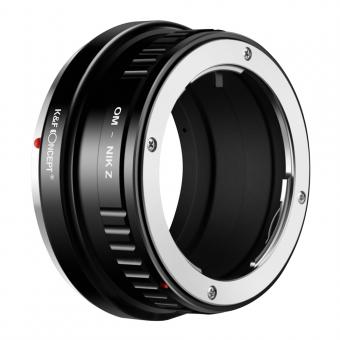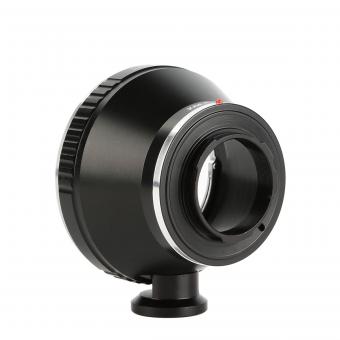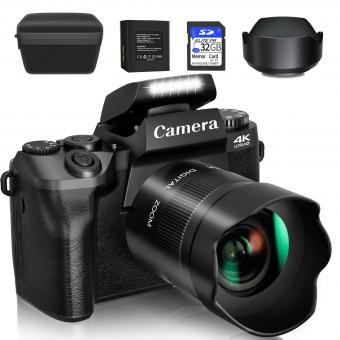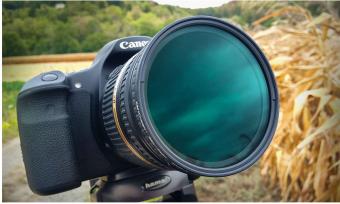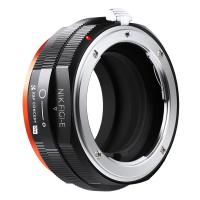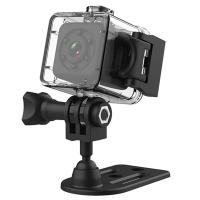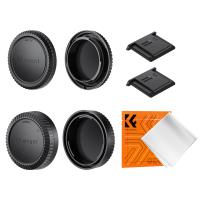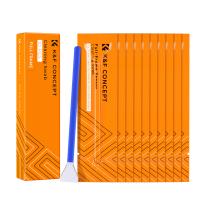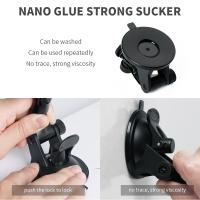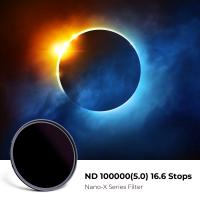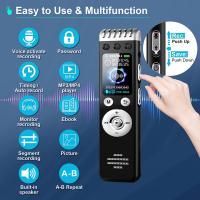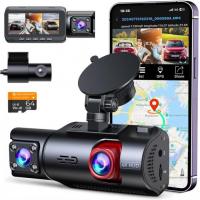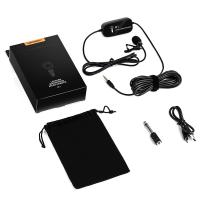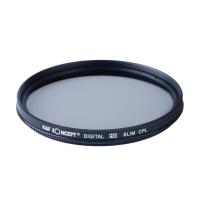Can You Use Nikon Lens With Canon Camera?
Using Nikon lenses on Canon cameras is a topic that frequently comes up among photography enthusiasts and professionals. This subject is particularly relevant for those who have invested heavily in Nikon lenses but have recently transitioned to or acquired a Canon camera. The ability to use lenses across different camera bodies offers not only financial advantages but also creative flexibility. In this article, we will delve into the feasibility of this setup, the necessary equipment, compatibility issues, and the pros and cons of using Nikon lenses on Canon cameras.
Adapters: Bridging the Gap
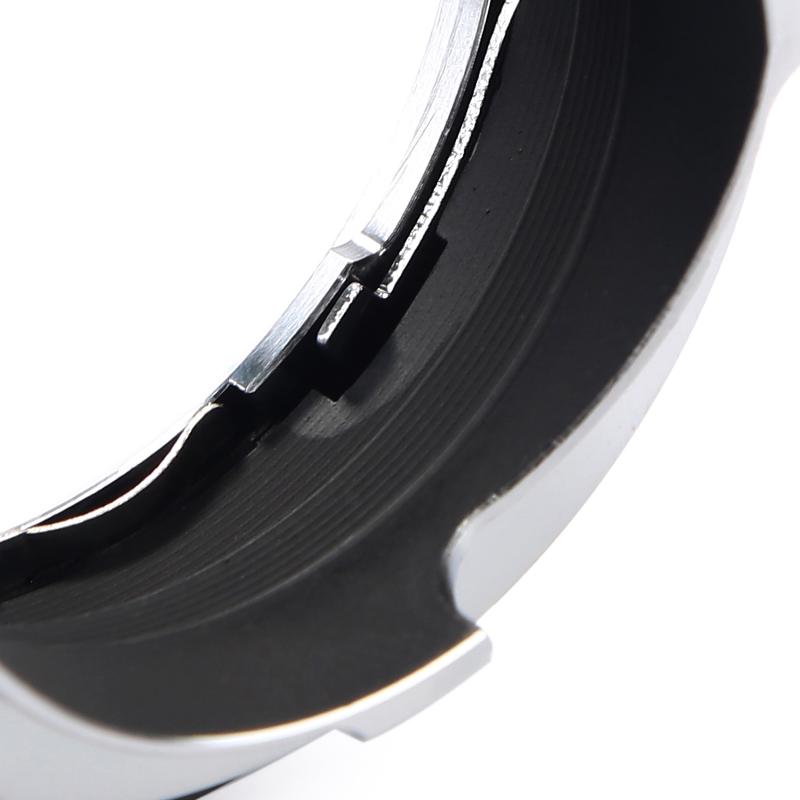
The primary way to use Nikon lenses on Canon camera bodies is through lens mount adapters. These adapters serve as a bridge between the lens and the camera body, ensuring that they can physically connect and communicate to some extent. The adapters differ based on the specific type of Nikon lens and Canon camera you have.
1. No-Electronics Adapters: These basic adapters only facilitate the physical connection and do not transfer any electronic signals between the lens and the camera. This means you will lose autofocus, image stabilization, and possibly even aperture control, requiring you to adjust aperture manually on the lens itself if it has an aperture ring.
2. Electronic Adapters: These advanced adapters allow for some level of electronic communication between the camera and the lens. This often enables autofocus and aperture control, although performance can vary.
Compatibility Concerns
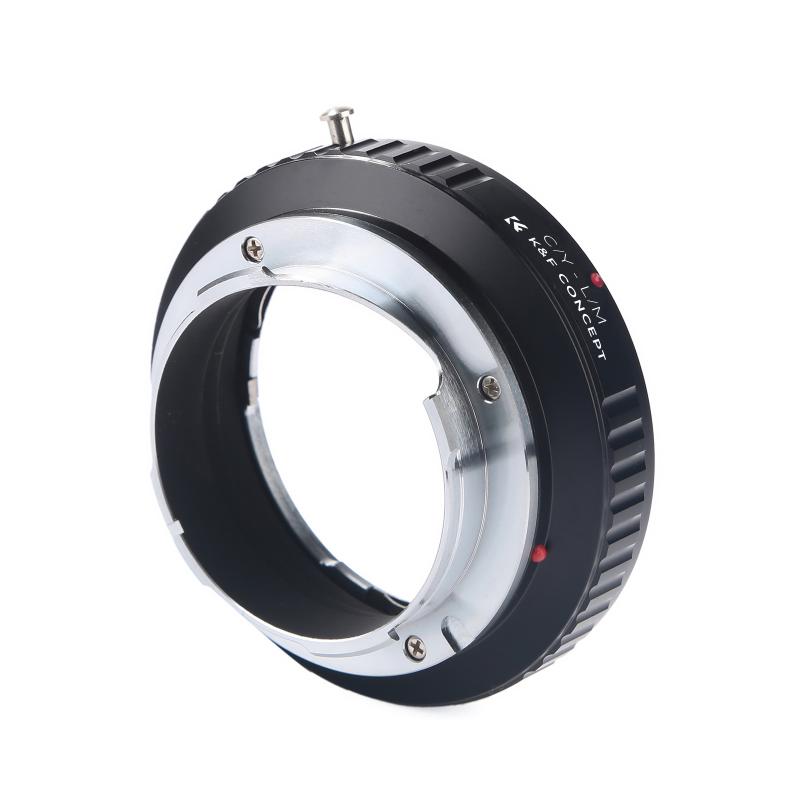
1. Flange Distance: One of the primary reasons Nikon lenses can be adapted to Canon cameras more easily than the other way around is due to the flange distance—the distance from the lens mount to the camera's sensor. Nikon's F-mount has a longer flange distance compared to Canon's EF mount, making it feasible to add an adapter without affecting focus.
2. Full-Frame vs. Crop Sensors: Compatibility may also vary depending on whether you are using full-frame or crop sensor (APS-C) cameras. Full-frame cameras are generally more forgiving when it comes to vignetting, a phenomenon where the corners of the image appear darker. Special attention should be given when using crop sensor lenses on full-frame bodies.
3. Lens Type: Not all Nikon lenses are created equal. Older manual focus lenses, like those from the Nikon AI/AI-S series, generally adapt more easily owing to their mechanical build. Modern Nikon lenses with complex electronic systems might face more issues when used with basic adapters.
Steps for Using Nikon Lenses on Canon Cameras
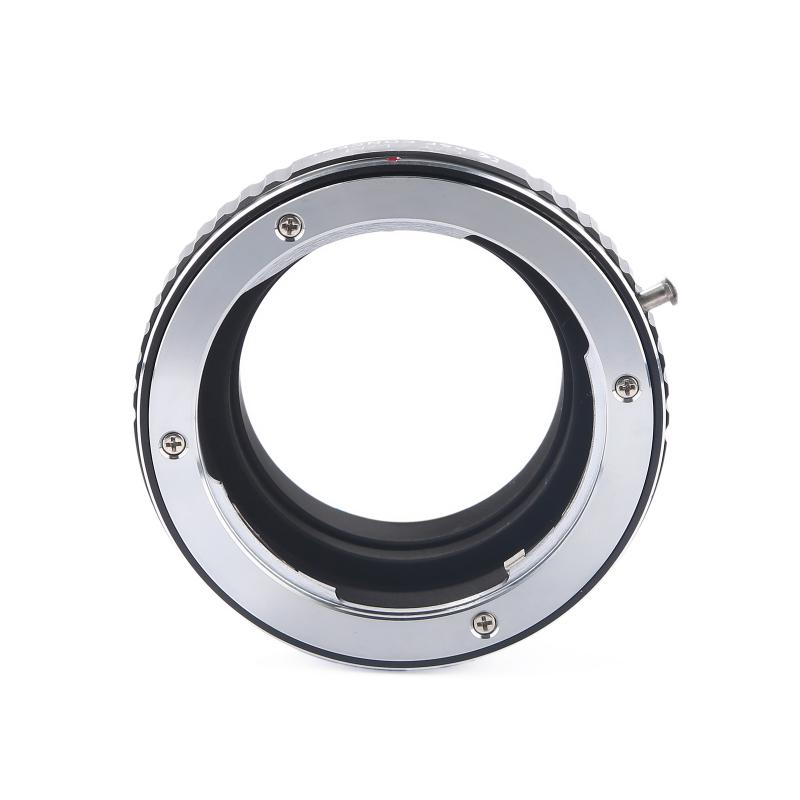
1. Choose the Adapter: Depending upon your need for electronic features such as autofocus and aperture control, choose an appropriate adapter. Brands like Fotodiox, Metabones, and Novoflex offer a range of options.
2. Mounting the Adapter: Carefully attach the adapter to your Nikon lens first, ensuring that it locks securely. Then mount the combination onto your Canon camera body.
3. Camera Settings: Switch your camera to a mode that allows for manual operation. Depending on the camera, you might need to activate “shoot without lens” mode to enable the shutter to fire.
4. Focusing: If you are using a manual adapter, you will have to focus manually using the focus ring on your lens. For electronic adapters, autofocus might not be as fast or accurate compared to native Canon lenses.
5. Exposure: Set the proper exposure manually. This involves adjusting the aperture using the aperture ring, if available, and setting the ISO and shutter speed accordingly on the camera body.
Advantages and Disadvantages
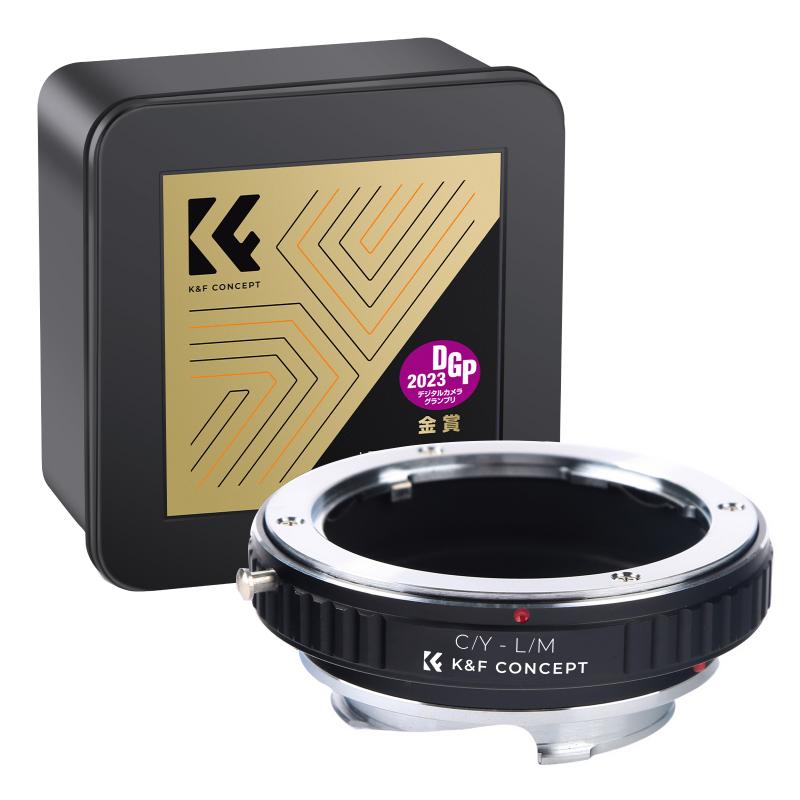
Advantages:
1. Cost Savings: If you already have a collection of high-quality Nikon lenses, an adapter can save you the significant expense of purchasing new lenses.
2. Lens Quality: Some Nikon lenses are renowned for their optical quality and unique characteristics. Being able to use these lenses on a Canon body can enhance the versatility of your equipment.
3. Special Applications: For specific types of photography, such as astrophotography or macro photography, using a particular Nikon lens you already own with a Canon camera might yield better results due to the lens's specialized characteristics.
Disadvantages:
1. Loss of Electronic Features: Basic adapters that lack electronic contacts mean you’ll lose autofocus, image stabilization, and electronic aperture control. Even with advanced adapters, performance might not be on par with native lenses.
2. Added Complexity: The setup becomes less straightforward. Manual adjustments and the potential for mechanical issues are increased.
3. Potential Image Quality Degradation: Although rare, there are instances where the adapter can introduce optical aberrations or vignetting, particularly with complex lens designs or cheaper adapters.
Practical Considerations
When considering whether to use Nikon lenses on a Canon camera, practicality is key. Evaluate the type of photography you’re engaged in and whether the benefits outweigh the disadvantages. If you primarily shoot fast-moving subjects where autofocus speed is critical, native Canon lenses will serve you better. Conversely, for static subjects or creative photography where you can take your time, the flexibility provided by Nikon lenses might be worth the trade-off.
Using Nikon lenses on Canon cameras is more than just a theoretical possibility; it’s a practical solution for many photographers. By understanding the nuances of adapters, compatibility, and the specific needs of your photography, you can make an informed decision. Whether you’re looking to save money, leverage the unique qualities of your Nikon lenses, or expand your creative horizons, this approach offers a viable path forward. With careful selection of adapters and a willingness to adapt to manual operations, the integration of Nikon lenses into your Canon system can open up a world of photographic opportunities.

